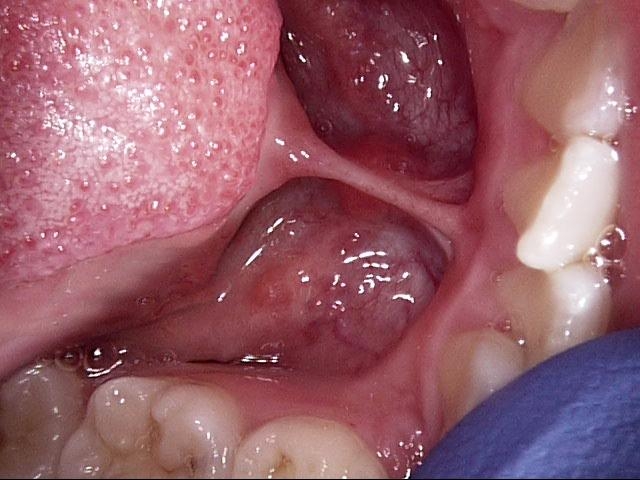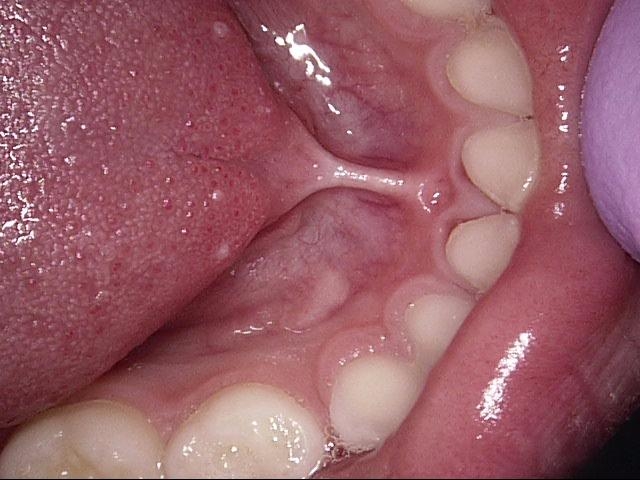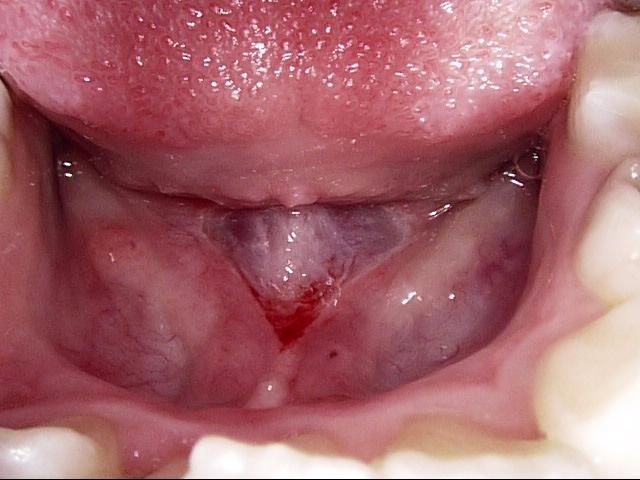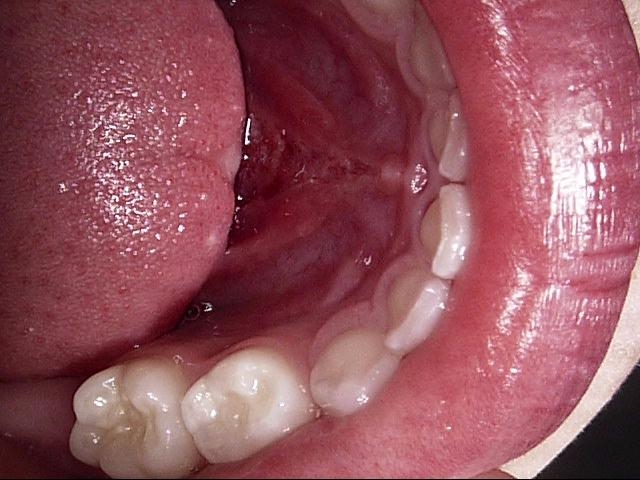Tongue & Lip Tie
In recent times, there has been increased interest in the topic of tongue-tie and breastfeeding. With so much talk and conflicting information, it’s no wonder many mothers feel overwhelmed and confused about how tongue-tie may relate to any breastfeeding issues they may be experiencing.
Tongue Tie Fact #1: It’s Normal To Have A Frenulum!
Everyone has a string of tissue underneath their tongue. This is called the frenulum (or frenum). Merely the presence of a frenulum is not a cause for any concern. It’s only when the frenulum is short, tight, restricting tongue movement, and a functional problem (such as for breastfeeding) that it becomes a tongue tie.
Tongue Tie Fact #2: You Can’t Diagnose Tongue Tie Just With A Photo
You cannot tell if a baby has a tongue tie just by looking at a photo of their tongue. Again, it’s not the presence of the frenulum that’s an issue; it’s whether the frenulum is causing a functional problem or not.
Tongue Tie Fact #3: A Tongue-Tie Can Affect Breastfeeding
A baby needs to have good tongue movement to be able to:
- Achieve a deep attachment to the breast
- Remove milk well from the breast
If a baby’s tongue movement is restricted due to a tongue-tie, a baby can experience feeding difficulties.
Tongue Tie Fact #4: Signs Your Baby’s Tongue Needs To Be Assessed
There are several possible signs that a breastfeeding mother should consider for a tongue tie assessment:
- Painful breastfeeding
- Damaged nipples
- The baby loses suction while feeding
- Clicking noise while feeding
- Low weight gain in baby over time
- Recurrent blocked ducts or mastitis
Please note that all of the above signs could be due to a range of other breastfeeding-related issues. It is the role of a health professional, such as a lactation consultant, to assess why the above signs may be occurring.
Tongue Tie Fact #5: It Isn’t Always Clear-Cut If A Baby Has A Tongue Tie
Given that there is no universal and accepted tongue tie classification, one health professional may diagnose a tongue-tie, and another may not. Neither health professional is ‘wrong.’
Indeed, some health professionals seem to diagnose every frenulum as a tongue tie and assign every breastfeeding issue to a tongue tie. Other health professionals believe tongue-tie is a current craze.
Having no clear consensus amongst health professionals regarding tongue-tie diagnosis makes things even more confusing for parents to decide what to do.
Tongue Tie Fact #6: Diagnosing A Tongue Tie Needs A Detailed Assessment
Assessing if a baby has a tongue-tie needs a detailed assessment including:
- A physical examination of the baby’s tongue whereby the health professional puts their finger inside the baby’s mouth and assesses the baby’s tongue movement and suck
- Observing the baby breastfeed (or bottle feed)
- Talking in-depth to the mother about all the signs and symptoms and taking a detailed history
Tongue Tie Fact #7: Sometimes, A ‘Wait And See’ Approach May Be Best
Once a thorough individual assessment is done, and all the pieces are put together, the big-picture analysis may point towards the best approach:
- Do nothing about the frenulum (because the breastfeeding problems are rectified in other ways such as by optimizing positioning and attachment).
- Deciding to get the frenulum removed (because when breastfeeding basics like positioning and attachment are optimized, the breastfeeding problems, such as sore nipples, continue).
- Wait and see approach (issues such as an oversupply and fast let-down reflex deemed contributing to the breastfeeding problems and need to be addressed).
Tongue Tie Fact #8: Snipping Of A Frenulum Is Called A Frenotomy
When a tongue-tie is diagnosed, the procedure to remove the frenulum is called a frenotomy. This procedure is then performed with a laser.
Tongue Tie Fact #9: There Is Mixed Research About The Effectiveness Of Frenotomy
As more evidence emerges, there will likely be more consistent health professionals’ recommendations about when a frenotomy is best performed. This will help more breastfeeding mothers be able to reach their own breastfeeding goals. If you have breastfeeding difficulties and suspect your baby may have a tongue-tie, see a lactation consultant or contact our practice for an oral examination.
View More Articles
View Before & After Photos
BEFORE


AFTER



